News
-
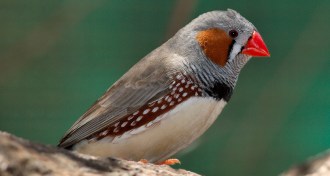 Animals
AnimalsIn drought, zebra finches wring water from their own fat
A zebra finch with no water or food can keep itself hydrated by metabolizing body fat.
By Susan Milius -
 Neuroscience
NeuroscienceNew Alzheimer’s drug shows promise in small trial
A much-anticipated Alzheimer’s drug shows promise in a new trial, but experts temper hope with caution.
-
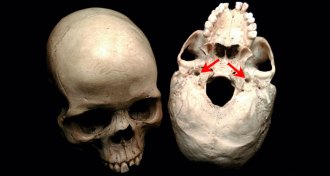 Humans
HumansBrain’s blood appetite grew faster than its size
Over evolutionary time, the energy demands of hominid brains increased faster than their volume, a new study finds.
-
 Astronomy
AstronomyRadio signal probably not from extraterrestrials
A possible radio signal from extraterrestrials probably originated a lot closer to home.
-
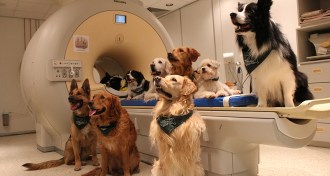 Animals
AnimalsDog brains divide language tasks much like humans do
Dogs understand what we say separately from how we say it.
-
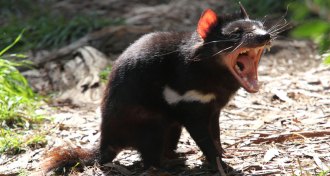 Health & Medicine
Health & MedicineTasmanian devils evolve resistance to contagious cancer
Tasmanian devils are evolving resistance to a deadly contagious cancer.
-
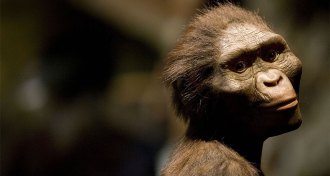 Anthropology
AnthropologyFossil autopsy claims Lucy fell from tree
A contested study suggests a famous fossil ancestor plunged to her death.
By Bruce Bower -
 Physics
PhysicsBacteria-sized molecules created in lab
Cesium atoms with high-energy electrons pair up to form giant molecules.
-
 Planetary Science
Planetary ScienceVenus once possibly habitable, study suggests
Venus might have once been habitable and home to a shallow ocean.
-
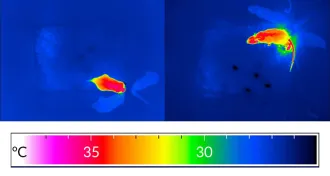 Neuroscience
NeuroscienceCool nerve cells help mice beat heat
A new study pinpoints fever-busting cells in mice’s brains.
-
 Earth
EarthWave-thumping ‘weather bomb’ storms send elusive S waves through Earth
A rare type of deep-Earth tremor called an S wave generated by a rapidly strengthening storm could help scientists map the planet’s mantle and core.
-
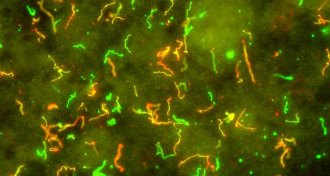 Life
LifeLyme bacteria swap ‘catch bonds’ to navigate blood vessels
Lyme bacteria use same tricks as white blood cells to navigate blood stream.